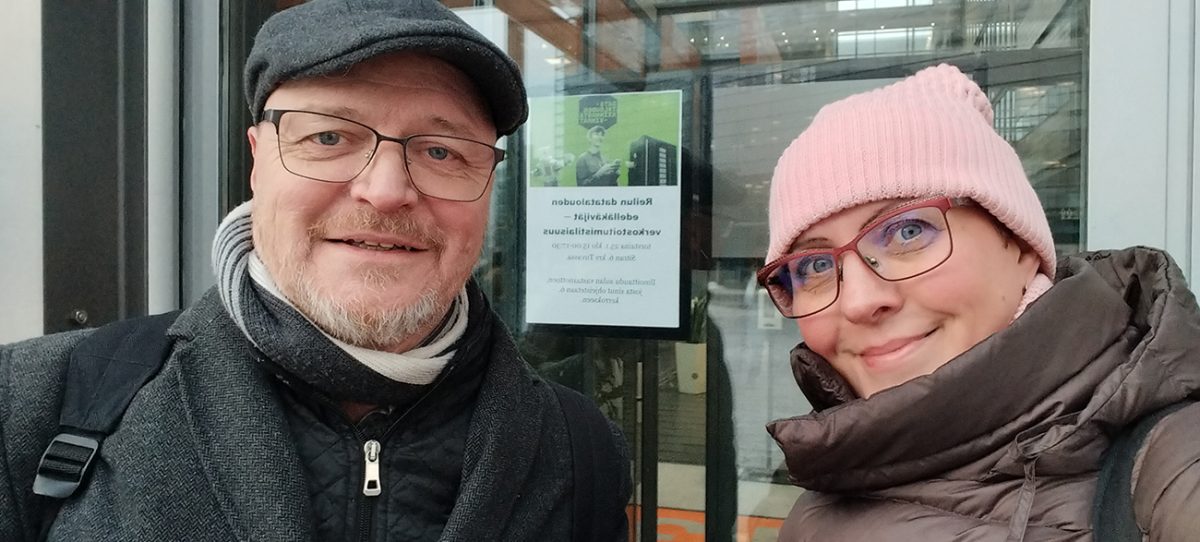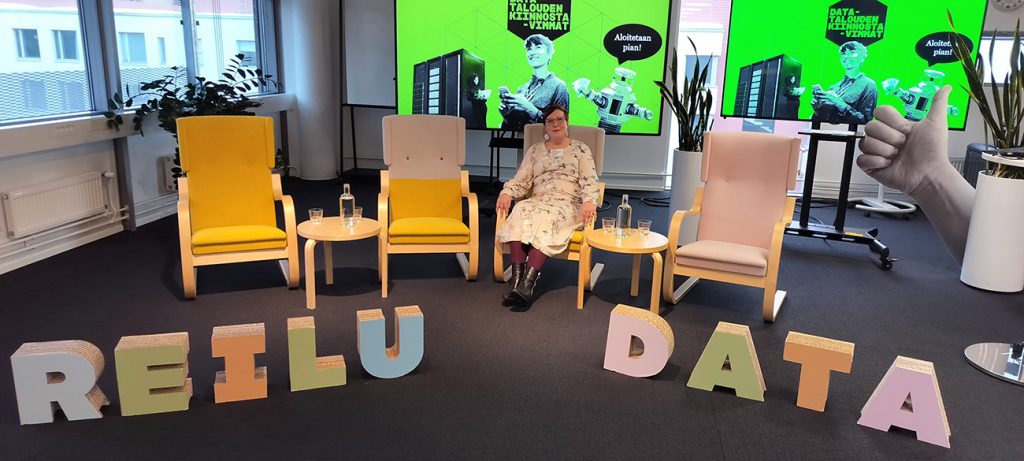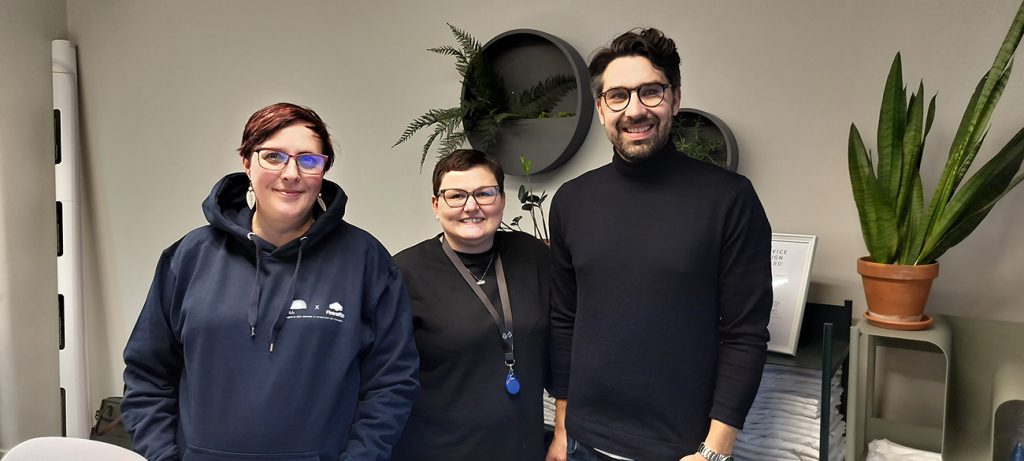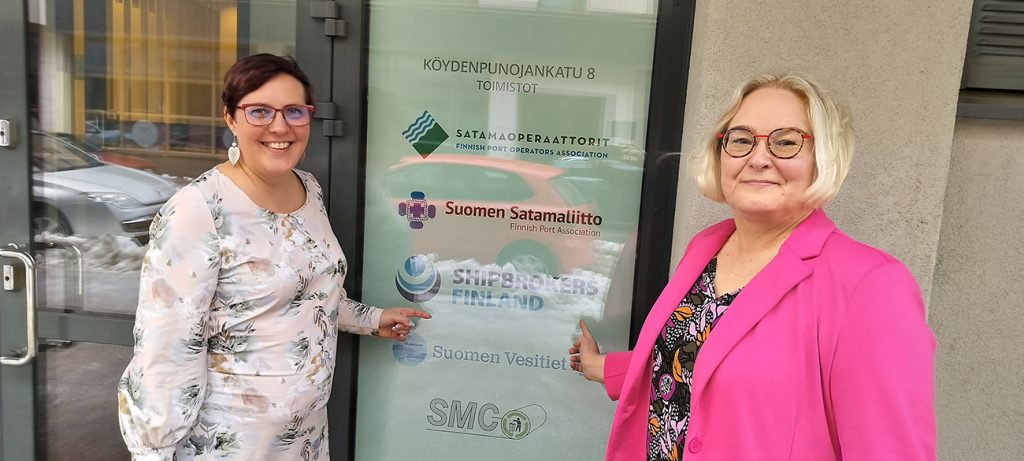
In Helsinki on a Thursday in January, much of the past and future of data economy in maritime logistics was summarized. The data economy is: ”An economy in which data serves as a key resource, creating value for organizations, businesses and society at large through the collection, analysis and exploitation of data” (ChatGPT 4, 2.2.2024).
The Maritime Logistics Research Center is one of the research centers at SAMK. The data economy has been studied and developed at the Maritime Logistics Research Centre for several years in various research and development projects. The ”Port Activity App”, originally developed in the Interreg Central Baltic Efficient Flow project, has been the most successful example of the transfer of data economy research to the industry. The Port Activity App was selected for Sitra’s list of the Most Interesting Data Economy Solutions in late 2023. 24 solutions from companies, research institutes and public actors across Finland made the list. The Port Activity App shares real-time information with maritime transport operators. The app saves nerves, time, and money. Read more.
Sitra’s Most Interesting Data Economy Solutions networking event was held in Ruoholahti, Helsinki, in January 2024 for the shortlisted and the applicants. Minna Keinänen-Toivola and Heikki Koivisto presented Port Activity App.
After the introductory speeches at the networking event, a panel discussion highlighted different perspectives of the data economy. The panelists were Minna Keinänen-Toivola (Satakunta University of Applied Sciences), Henri Muurimaa (Eduten), Robin Gustafsson (Aalto University) and Janne Järvinen (Business Finland). Tarmo Toikkanen (Sitra) moderated the panel. Keinänen-Toivola pointed out that people have different data capabilities. Everyone from pen and paper natives to digital natives and data economy natives are needed for fair data solutions. The panel discussed at length how to export the data economy and what are the main challenges and opportunities for exporting?

The second session of the day was a series of meetings on the maritime information management system NEMO. The national new maritime information management system NEMO will be introduced in Finland in 2025. Maritime traffic reports will be issued and the information on the reports will move automatically in a single report in NEMO. NEMO is based on EU Regulation 2019/1239. NEMO has been in preparation in Finland for several years. Satakunta University of Applied Sciences, Maritime Logistics Research Center became partner in the development of NEMO through Connected Europe Facility funding. The NEMO CEF project is led by the Fintraffic VTS, and the associated partner is Traficom. For the first time, SAMK and Fintraffic experts met face to face within the NEMO CEF.
SAMK’s role in the NEMO CEF project is to study and develop NEMO in accordance with the principles of sustainable development. SAMK will define key performance indicators, study pilot cases and test and validate the whole innovative process. Read more.

NEMO will influence the work of many different actors in maritime logistics. One of the key groups is shipbrokers, who make port calls declarations for passenger and cargo ships. During an intensive day, the Shipbrokers Finland was also visited to meet Sari Turkkila, General Manager. The ship clearance or port operator business in Finland and the expectations of the association’s member companies from NEMO were discussed with Sari.

Work on NEMO’s sustainable development themes is just beginning. The aim is for NEMO to become a data economy solution that serves different actors and develops the sector further.
Text: chief researcher Minna M. Keinänen-Toivola
Photos: project manager Heikki Koivisto and chief researcher Minna M. Keinänen-Toivola
In the article photo Heikki Koivisto and Minna Keinänen-Toivola are ready for Sitra’s Most Interesting Data Economy Solutions networking event.